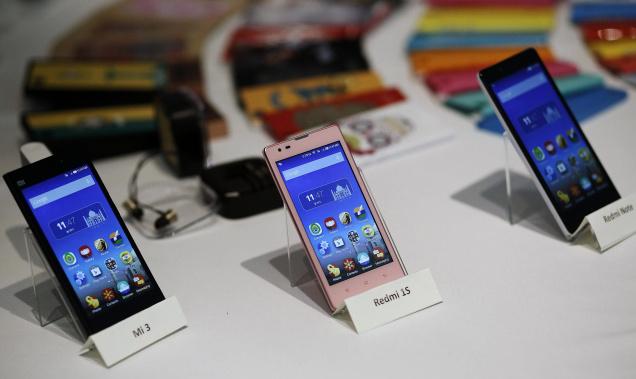Xiaomi growth loses its shine with India ban


The rapid growth of China’s top smartphone maker is starting to lose its shine. A patent dispute has forced Xiaomi to stop selling handsets temporarily in India. Xiaomi could probably pay up and start selling again, but patent fees will likely squeeze margins, and in turn the company’s valuation.
The temporary ban, which will extend until Feb. 5, is the result of a patent infringement case Swedish telecom equipment maker Ericsson filed against Xiaomi in India. Ericsson confirmed that it is taking legal action against Xiaomi in India for using its technology in smartphone devices without paying a licensing fee.
The unexpected ban comes just five months after Xiaomi’s entry into the world’s third largest smartphone market. Swedish group Ericsson is demanding that the Chinese smartphone maker compensate it for using protected technology in its phones in India. The financial impact on Xiaomi looks small: the bulk of the company’s $5 billion in sales the first half of this year came from its home market of China.
Yet the stakes are high: smartphone shipments to India will reach over 80 million units by the end of the year, according to research group IDC, and are expected to grow at an astonishing 40 per cent for the next five years. A retreat from India, even if temporary, will set back Xiaomi’s efforts to replicate its Chinese success in India’s already crowded market, where Samsung and Nokia are waging a fierce battle with local brands like Micromax and Karbonn.
Xiaomi could probably settle with Ericsson and continue its overseas push – the smartphone maker took in 3.5 billion yuan ($565 million) in profits in 2013, according to the Wall Street Journal, citing the company’s own document. But patent fees will compress its profitability. It could also open doors to other patent lawsuits elsewhere. Chinese hardware giants Huawei and ZTE have already sent warnings to Xiaomi, local media reported in November.
Higher costs will likely undermine Xiaomi’s valuation, which according to reports of its latest funding round could be as much as $50 billion. That’s almost 4.4 times the handset maker’s current year’s sales – more than what Apple trades on. After its Indian glitch, Xiaomi’s worth looks less certain.





